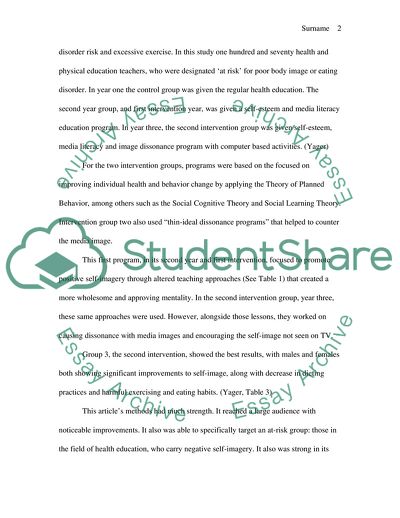Cite this document
(Eating Disorders Food&Nutrition Example | Topics and Well Written Essays - 1000 words, n.d.)
Eating Disorders Food&Nutrition Example | Topics and Well Written Essays - 1000 words. https://studentshare.org/medical-science/2105693-eating-disorders
Eating Disorders Food&Nutrition Example | Topics and Well Written Essays - 1000 words. https://studentshare.org/medical-science/2105693-eating-disorders
(Eating Disorders Food&Nutrition Example | Topics and Well Written Essays - 1000 Words)
Eating Disorders Food&Nutrition Example | Topics and Well Written Essays - 1000 Words. https://studentshare.org/medical-science/2105693-eating-disorders.
Eating Disorders Food&Nutrition Example | Topics and Well Written Essays - 1000 Words. https://studentshare.org/medical-science/2105693-eating-disorders.
“Eating Disorders Food&Nutrition Example | Topics and Well Written Essays - 1000 Words”. https://studentshare.org/medical-science/2105693-eating-disorders.


